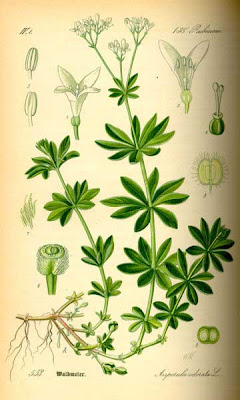An Eastern Redbud with bright pink flowers.
A close-up of flowers growing on the Eastern Redbud flowers.
Eastern Redbud Description
The Eastern Redbud (Cercis canadensis) is native to North America and grows naturally along the eastern seaboard from southern Ontario to Florida.
It is a large shrub with a twisted trunk that reaches heights of around 10 m. The branches of the Eastern Redbud grow spead away from the trunk. The trunk itself is brown in color, while the smaller branches are a lot darker, almost black.
The Eastern Redbud's leaves are about 3 - 5 inches long, very thin, with small hairs on the underside. In the winter, small buds form and are a dark red in color.
Flowers form from March to May in clusters and are quite small, reaching sizes of about a half inch. The flowers normally form before the leaves and can often been seen growing on the trunk.
Eastern Redbud Classification
- Kingdom: Plantae
- Division: Magnoliophyta
- Class: Magnoliopsida
- Order: Fabales
- Family: Fabaceae
- Subfamily: Caesalpinioideae
- Tribe: Cercideae
- Genus: Cercis
- Species



























